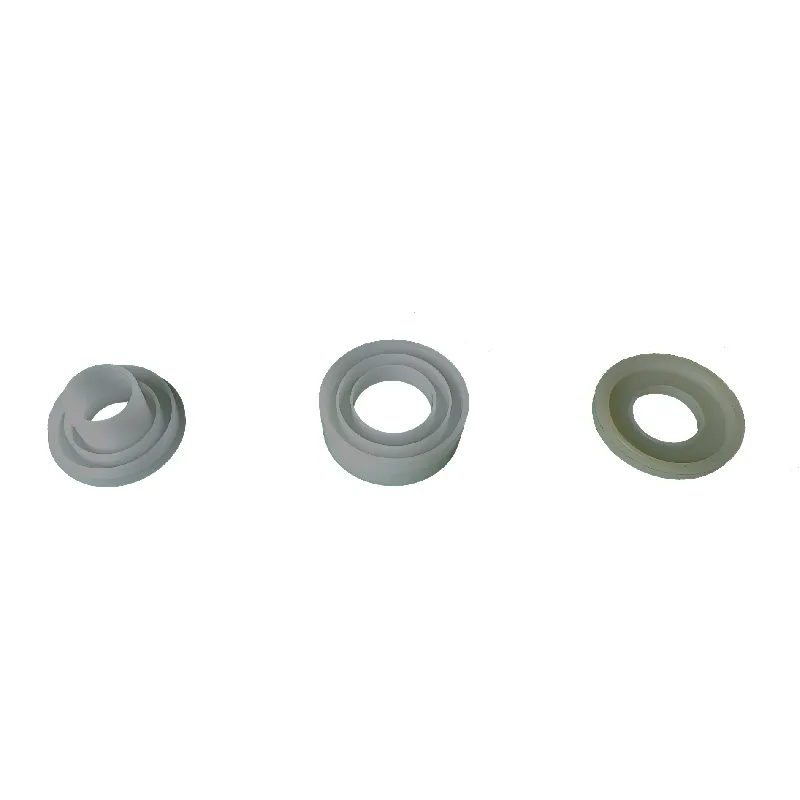 Afrikaans
Afrikaans  Albanian
Albanian  Amharic
Amharic  Arabic
Arabic  Armenian
Armenian  Azerbaijani
Azerbaijani  Basque
Basque  Belarusian
Belarusian  Bengali
Bengali  Bosnian
Bosnian  Bulgarian
Bulgarian  Catalan
Catalan  Cebuano
Cebuano  Corsican
Corsican  Croatian
Croatian  Czech
Czech  Danish
Danish  Dutch
Dutch  English
English  Esperanto
Esperanto  Estonian
Estonian  Finnish
Finnish  French
French  Frisian
Frisian  Galician
Galician  Georgian
Georgian  German
German  Greek
Greek  Gujarati
Gujarati  Haitian Creole
Haitian Creole  hausa
hausa  hawaiian
hawaiian  Hebrew
Hebrew  Hindi
Hindi  Miao
Miao  Hungarian
Hungarian  Icelandic
Icelandic  igbo
igbo  Indonesian
Indonesian  irish
irish  Italian
Italian  Japanese
Japanese  Javanese
Javanese  Kannada
Kannada  kazakh
kazakh  Khmer
Khmer  Rwandese
Rwandese  Korean
Korean  Kurdish
Kurdish  Kyrgyz
Kyrgyz  Lao
Lao  Latin
Latin  Latvian
Latvian  Lithuanian
Lithuanian  Luxembourgish
Luxembourgish  Macedonian
Macedonian  Malgashi
Malgashi  Malay
Malay  Malayalam
Malayalam  Maltese
Maltese  Maori
Maori  Marathi
Marathi  Mongolian
Mongolian  Myanmar
Myanmar  Nepali
Nepali  Norwegian
Norwegian  Norwegian
Norwegian  Occitan
Occitan  Pashto
Pashto  Persian
Persian  Polish
Polish  Portuguese
Portuguese  Punjabi
Punjabi  Romanian
Romanian  Russian
Russian  Samoan
Samoan  Scottish Gaelic
Scottish Gaelic  Serbian
Serbian  Sesotho
Sesotho  Shona
Shona  Sindhi
Sindhi  Sinhala
Sinhala  Slovak
Slovak  Slovenian
Slovenian  Somali
Somali  Spanish
Spanish  Sundanese
Sundanese  Swahili
Swahili  Swedish
Swedish  Tagalog
Tagalog  Tajik
Tajik  Tamil
Tamil  Tatar
Tatar  Telugu
Telugu  Thai
Thai  Turkish
Turkish  Turkmen
Turkmen  Ukrainian
Ukrainian  Urdu
Urdu  Uighur
Uighur  Uzbek
Uzbek  Vietnamese
Vietnamese  Welsh
Welsh  Bantu
Bantu  Yiddish
Yiddish  Yoruba
Yoruba  Zulu
Zulu జూలై . 12, 2024 02:56
Back to list
Different types of conveyor pulleys and their applications in various industries.
Conveyor pulleys are an important component of conveyor systems, responsible for driving the belt and controlling its speed and direction. There are various types of conveyor pulleys available to suit different applications and requirements. In this article, we will discuss some of the common types of conveyor pulleys and their features.
1. Drive Pulleys Drive pulleys are used to transfer the power from the conveyor belt to the rotating shaft of the motor. They are usually located at the discharge end of the conveyor and are typically larger in diameter than other pulleys on the system. Drive pulleys are often equipped with lagging to increase traction and prevent belt slippage.
2. Tail Pulleys Tail pulleys are located at the loading end of the conveyor and are responsible for guiding the belt back to the drive pulley. They are smaller in diameter than drive pulleys and are often unlagged. Tail pulleys can also be equipped with tensioning systems to keep the belt tight and prevent sagging.
3. Snub Pulleys Snub pulleys are used to increase the wrap angle of the belt around the drive pulley, increasing the traction and reducing the risk of belt slippage. They are typically mounted close to the drive pulley and can be adjustable to fine-tune the conveyor system's performance.
4

types of conveyor pulley. Bend Pulleys Bend pulleys are used to change the direction of the belt as it travels around a corner or through a curve in the conveyor system. They are typically small in diameter and are mounted at the top or bottom of the conveyor frame. 5. Take-Up Pulleys Take-up pulleys are used to adjust the tension of the belt and compensate for stretching and slack as the conveyor operates. They are typically mounted at the tail end of the conveyor and can be either fixed or adjustable. 6. Wing Pulleys Wing pulleys are designed with external wings that help to guide the belt back onto the center of the pulley after it has drifted off track. They are often used in applications where belt tracking is a concern, such as on long or wide conveyor systems. 7. Drum Pulleys Drum pulleys are typically used in heavy-duty applications where a high load capacity is required. They have a cylindrical shell that rotates on a fixed shaft and can be lagged to increase traction and improve belt performance. In conclusion, there are various types of conveyor pulleys available to suit different applications and requirements. Understanding the different types of pulleys and their functions is essential for designing and maintaining an efficient conveyor system. By selecting the right pulleys for the job, you can ensure smooth and reliable operation of your conveyor system.

types of conveyor pulley. Bend Pulleys Bend pulleys are used to change the direction of the belt as it travels around a corner or through a curve in the conveyor system. They are typically small in diameter and are mounted at the top or bottom of the conveyor frame. 5. Take-Up Pulleys Take-up pulleys are used to adjust the tension of the belt and compensate for stretching and slack as the conveyor operates. They are typically mounted at the tail end of the conveyor and can be either fixed or adjustable. 6. Wing Pulleys Wing pulleys are designed with external wings that help to guide the belt back onto the center of the pulley after it has drifted off track. They are often used in applications where belt tracking is a concern, such as on long or wide conveyor systems. 7. Drum Pulleys Drum pulleys are typically used in heavy-duty applications where a high load capacity is required. They have a cylindrical shell that rotates on a fixed shaft and can be lagged to increase traction and improve belt performance. In conclusion, there are various types of conveyor pulleys available to suit different applications and requirements. Understanding the different types of pulleys and their functions is essential for designing and maintaining an efficient conveyor system. By selecting the right pulleys for the job, you can ensure smooth and reliable operation of your conveyor system.
Latest news
-
Revolutionizing Conveyor Reliability with Advanced Rubber Lagging PulleysNewsJul.22,2025
-
Powering Precision and Durability with Expert Manufacturers of Conveyor ComponentsNewsJul.22,2025
-
Optimizing Conveyor Systems with Advanced Conveyor AccessoriesNewsJul.22,2025
-
Maximize Conveyor Efficiency with Quality Conveyor Idler PulleysNewsJul.22,2025
-
Future-Proof Your Conveyor System with High-Performance Polyurethane RollerNewsJul.22,2025
-
Driving Efficiency Forward with Quality Idlers and RollersNewsJul.22,2025
OUR PRODUCTS





























